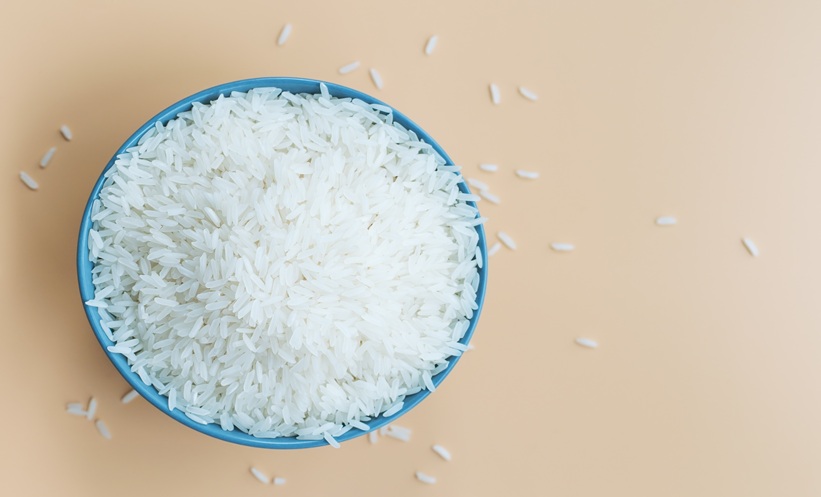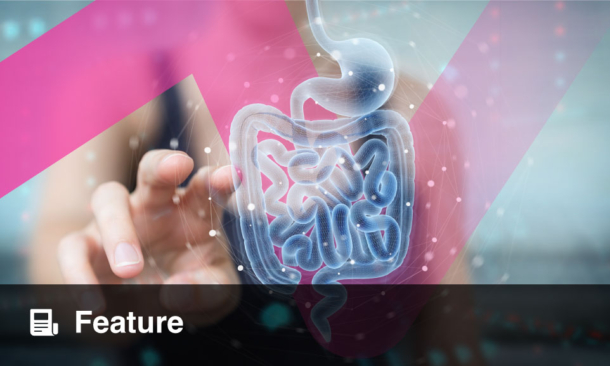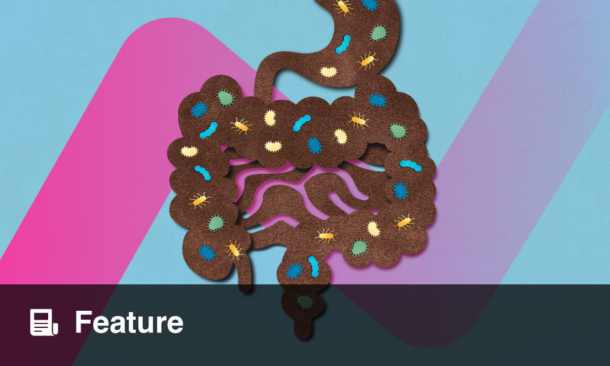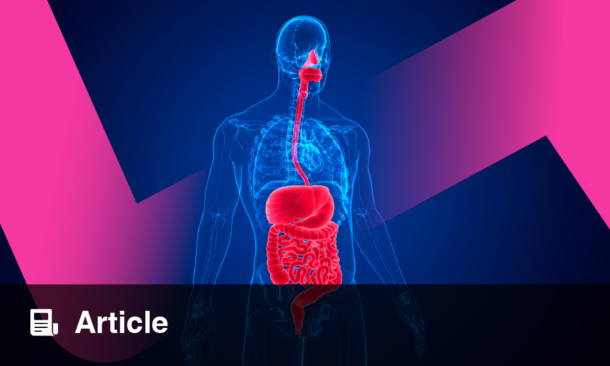NEW evidence from a case-control study suggests that diets high in glycaemic index (GI), glycaemic load (GL), and simple sugars are significantly associated with increased risk of pancreatic steatosis (PS), a condition involving fat accumulation in the pancreas.
The study assessed 278 patients undergoing endoscopic ultrasound for common bile duct stones, comparing 89 patients diagnosed with PS to 189 without the condition. Researchers collected dietary data using a comprehensive 168-item food frequency questionnaire, calculating each participant’s GI, GL, and intake of various carbohydrate types.
Results revealed a clear trend: higher GI and GL diets significantly increased the likelihood of developing PS (p=0.013 and P<0.001, respectively). Patients in the highest tertile of simple sugar and fructose intake were 4.3 and 5.3 times more likely, respectively, to have PS compared to those in the lowest tertile.
Conversely, fibre intake demonstrated a protective effect. Individuals in the second and third tertiles of fibre consumption had a significantly lower risk of PS, by 84% and 87%, respectively (p trend = 0.001).
These findings underline the importance of dietary quality, not just quantity, in managing metabolic health. The authors highlight the potential role of dietary modification in reducing the risk of pancreatic fat accumulation and related endocrine disorders.
Reference
Bahrizadeh M et al. Association of dietary glycemic index and glycemic load with pancreatic steatosis: a case control study. BMC Endocr Disord. 2025;DOI: 10.1186/s12902-025-01909-0.








